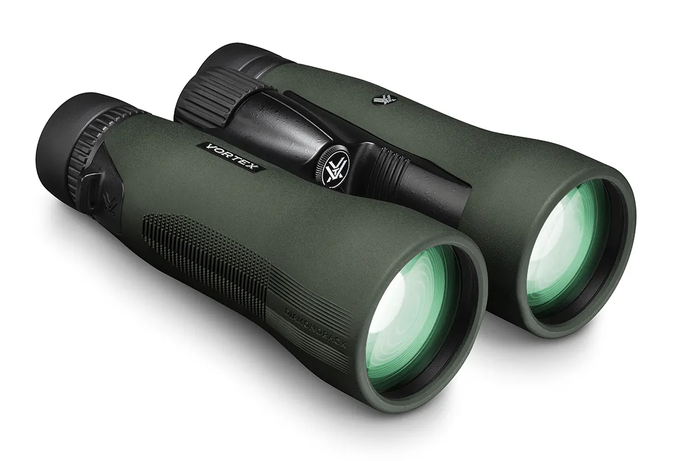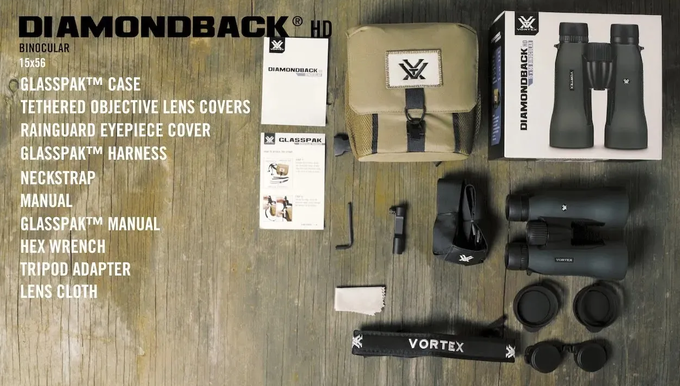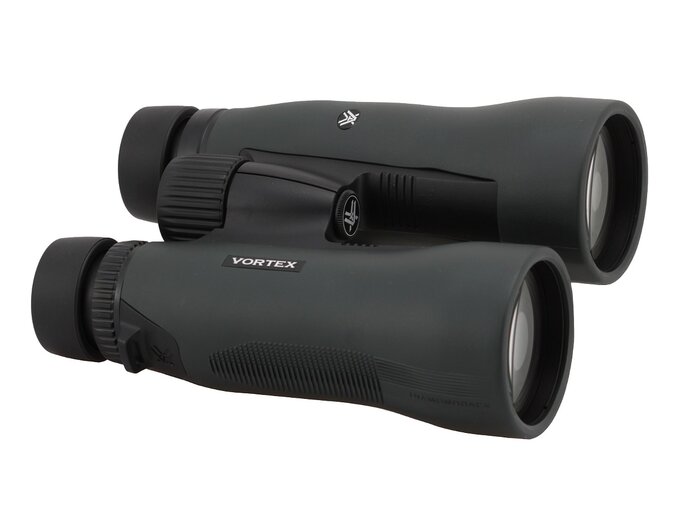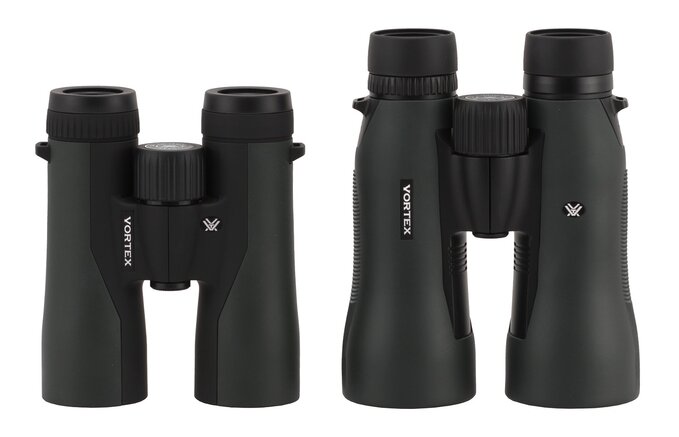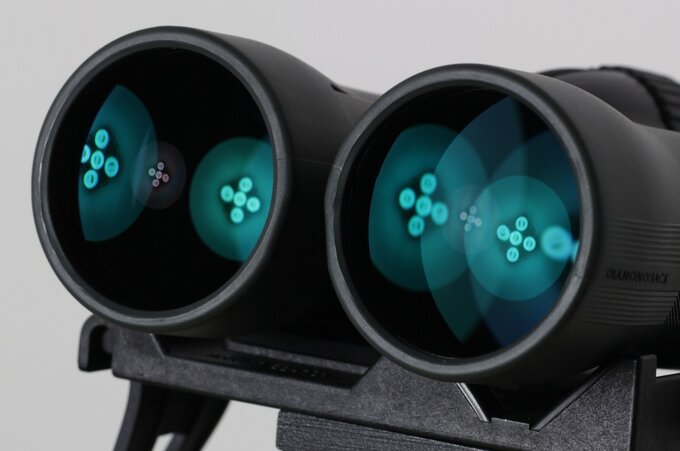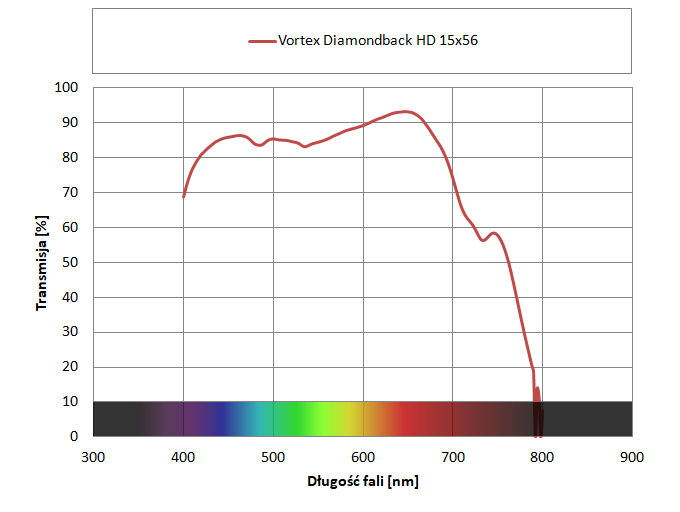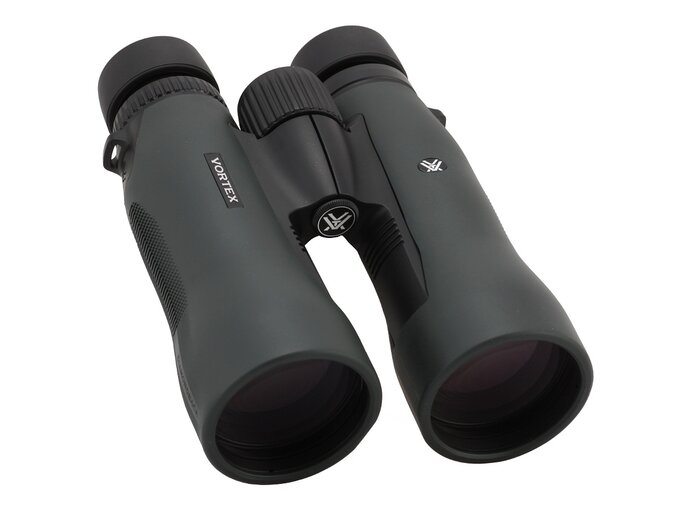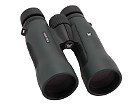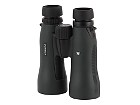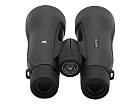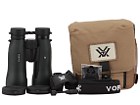| Real front lens diameter |
Left: 56.01+/-
0.05 mm
Right: 56.03+/-
0.05 mm
|
8 / 8.0 pkt |
| Real magnification |
15.09+/-
0.05x
|
3/3.0 |
| Transmission |
84.6+/-
1%
|
13/25.0 |
| Chromatic aberration |
Medium in the centre, very high on the edge. |
2.7/10.0 |
| Astigmatism |
Very low. |
8.2/10.0 |
| Distortion |
Distance of the first curved line from the field of view centre compared to the field of view radius: 58.5% ± 3% |
6.5/10.0 |
| Coma |
Appears in a distance of 60% from the field centre and approaches high values on edges. |
4.5/10.0 |
| Blurring at the edge of the FOV |
Blur occurs in a distance of 77% ± 4% from the field of view centre. |
5/10.0 |
| Darkening at the edge the FOV |
Very low. |
4.1/5.0 |
| Whiteness of the image |
Transmission graph with a noticeable surpluss of red light. |
3.9/5.0 |
| Collimation |
Perfect. |
5/5.0 |
| Internal reflections |
| Left: |
Right:
|
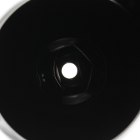 |
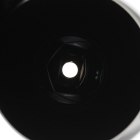 |
A slight arc near to the exit pupil. A sensible performance. |
3.6/5.0 |
| Housing |
Very nice and stylish, with sensible physical dimensions and quite lightweight for the 56 mm class. Padded with good quality smooth rubber armour that sticks to your hands properly well. It also sticks to the case quite closely but can be slightly pulled out near the objectives. It is comfortable to hold and thumb indentations help here, but also nice to look through. No shoddy workmanship visible anywhere. Rubberized eyecups with four regulation levels. Produced in China. |
7.5/8.0 |
| Focusing |
Big, comfortable, ribbed central screw; it moves smoothly but is properly damped. Its focus throw amounts to an angle of 390 degrees. Dioptre correction done through a ribbed ring on the right eyepiece. The ring moves properly well but it moves the outer element. |
4.5/5.0 |
| Tripod |
A comfortable access. The producer also adds a dedicated tripod adapter. |
3/3.0 |
| Interpupilary distance |
from 59.9 to 76.9mm
|
4/6.0 |
| Closest focusing distance |
4.2 meters. |
2/2.0 |
| Eyepieces FOV |
Aparent field of view of 65.4 deg (simplified formula) and 59.7 deg (tangent formula). |
14/20.0 |
| Field of view |
Measured by us amounted to 4.36 ± 0.04 deg and was in a perfect accordance with the field from official specifications. A good field for this class of equipment. |
6.5/8.0 |
| Quality of the interior of the barrels |
Inner tubes are dark, matted, and ribbed along their entire length. Areas near the prisms are gray and dark but the clamp could have been a tad darker. Very clean. |
4.7/5.0 |
| Vignetting |
| Left: |
Right:
|
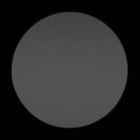 |
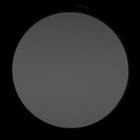 |
OL: 0.02%, OR: 0.21% |
8/8.0 |
| Prisms quality |
Good quality BaK-4. |
8/8.0 |
| Antireflection coatings |
Different shades of green on objectives and eyepieces, prisms are green-yellow. Medium intensity. |
4.5/5.0 |
| Warranty [years] |
lifetime |
6/6.0 |
| Final result |
73.8%
|
140.2 / 190 pkt
|
| Econo result |
|
0pkt. |
Summary
Pros:
- solid barrel, very nice and ergonomic, made of magnesium composites,
- significant field of view,
- negligible astigmatism,
- sensible colour rendering,
- slight brightness loss on the edge of the field,
- moderate distortion,
- very clean optics inside the tubes,
- good quality prisms made of BaK-4 glass,
- good quality antireflection coatings covering all optical elements,
- round exit pupils against a relatively black background,
- rich standard accessory kit,
- sensible price/performance ratio,
- lifetime warranty period.
Cons:
- very high chromatic aberration on the edge of the field of view,
- a bit too high coma.
If a pair of binoculars exceeds a level of 140 points in our test, it certainly deserves our attention. The Diamondback HD 15x56 managed to reach such a level and its price tag, not more than 500 USD, is quite sensible as well, especially taking into account such parameters. Add to that the fact that the official parameters are in complete accordance with the real ones, and I mean here both the diameter of objectives, the field of view, and magnification. The biggest difference concerns the weight – but it's actually to our advantage. The declared weight amounts to 987 grams and the real one reaches 968 grams.
Diamondback HD series technologies are a bit more advanced than technologies employed in the most basic and the cheapest Vortex series – you deal here with better antireflection coatings, dielectric and phase-correction coatings on all the prisms.
All of this influences the transmission which, even though cannot be called even close to perfect, is noticeably higher than 80%, a level the cheaper Vortex devices can only dream about.
What do we lack here? Despite the HD symbol in the name the Diamondback series most likely doesn't feature any low dispersion glass elements. It might be forgivable in models with a smaller magnification factor but in case of a pair of binoculars that is supposed to provide 15x magnification chromatic aberration makes itself felt and becomes really bothersome.
Despite that slip-up our overall assessment of this model remains high. We actually think it is the best instrument of the whole Diamondback HD series, reaching results noticeably better than its smaller 8x32 and 10x42 brothers, tested by us earlier.
